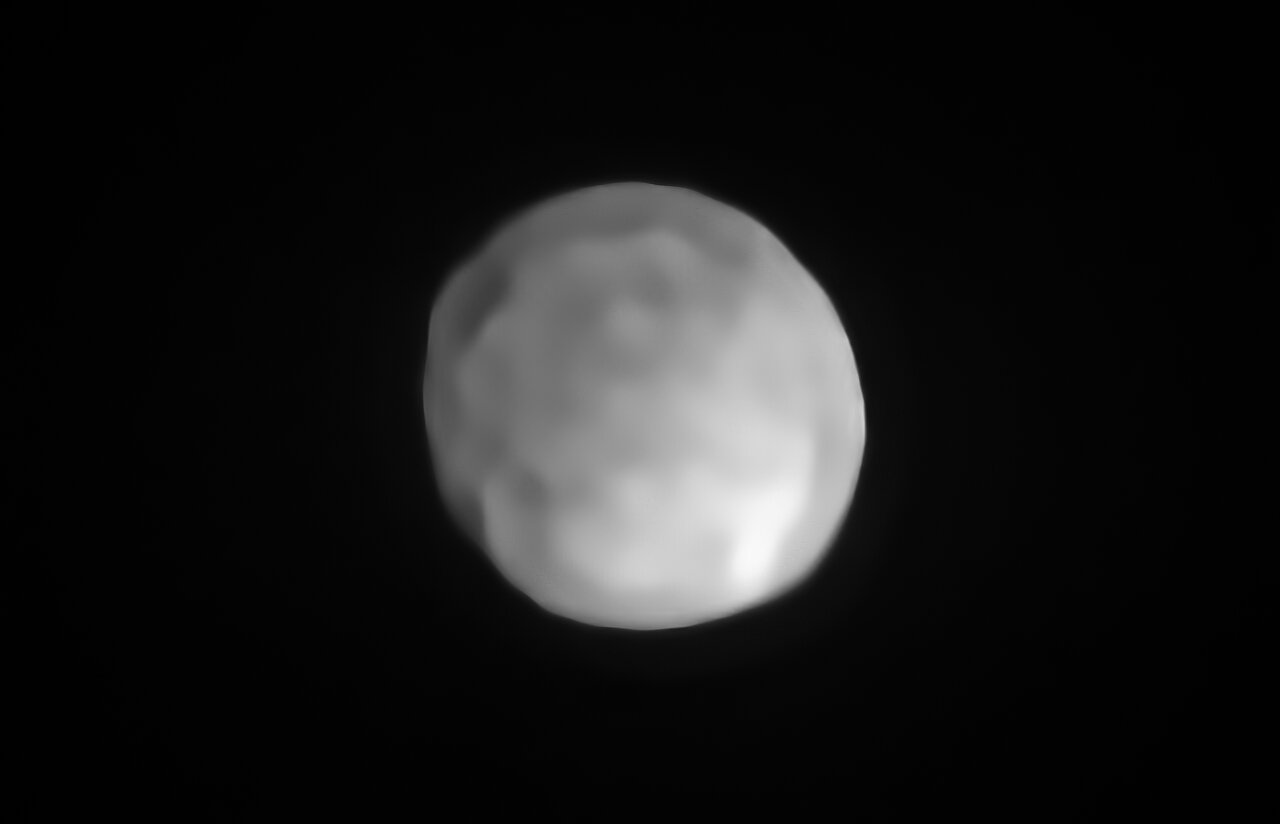Within the Main Asteroid Belt, there are a number of larger bodies that have defied traditional classification. The largest among them is Ceres, which is followed by Vesta, Pallas, and Hygeia. Until recently, Ceres was thought to be the only object in the Main Belt large enough to undergo hydrostatic equilibrium – where an object is sufficiently massive that its gravity causes it to collapse into a roughly spherical shape.
However, it now seems that there is another body in the Main Belt that has earned the designation of “dwarf planet”. Using data from the Spectro-Polarimetric High-contrast Exoplanet REsearch (SPHERE) instrument at the Very Large Telescope (VLT), an international team of astronomers found compelling evidence that Hygeia is actually round, making it the smallest dwarf planet in the Solar System.
Continue reading “Asteroid Hygiea is Round Enough That it Could Qualify as a Dwarf Planet, the Smallest in the Solar System”
